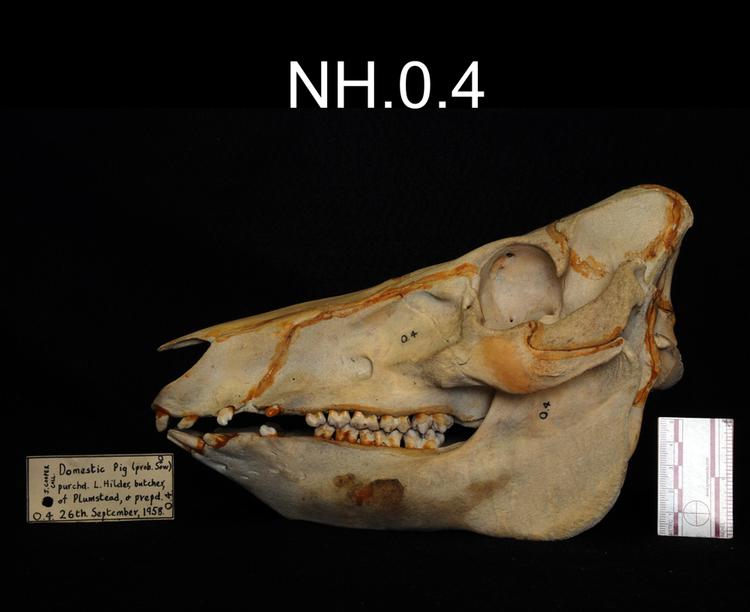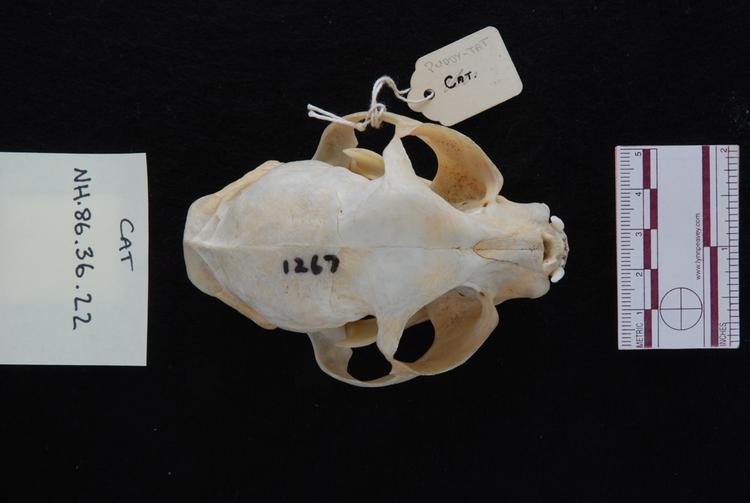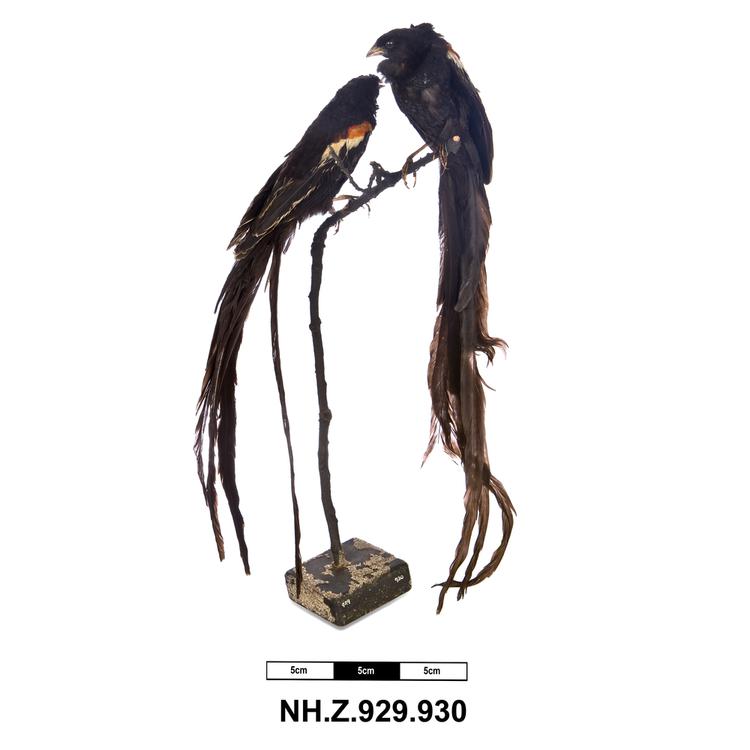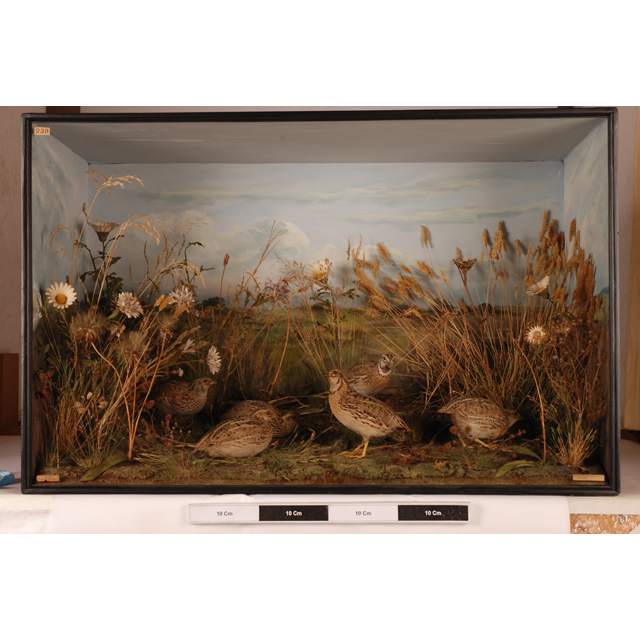A super awesomely cool science
In my book, palaeontology means “super awesomely cool job”, but the more standard definition would probably be something like “the study of ancient life”. We don’t just look at ancient animals and plants though, we also look at prehistoric ecosystems, habitats, climates, pretty much everything related to the PRE-historic world.
It’s tricky to really explain what a palaeontologist does as the science is so varied, but my favourite explanation is this:
Palaeontologists apply methods from engineering, physics, chemistry and biology to rocks and fossils, to plan and test hypotheses about evolution, function, ecology and behaviour of long-past animal and plant life
I didn’t say it was short. I just said it was good.
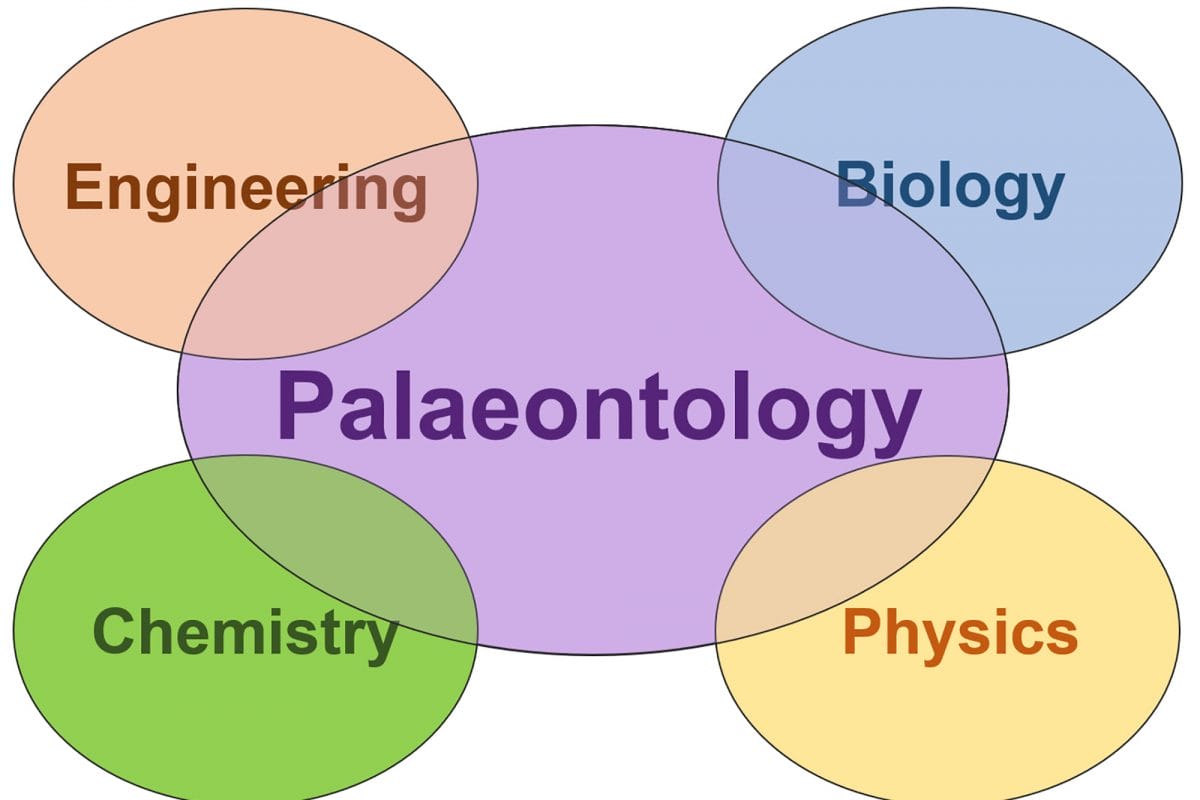
The above explanation is one part Nicholls original definition and two parts borrowed from Prof Michael Benton’s The Dinosaurs Rediscovered: How a Scientific Revolution is Rewriting History. Which is a fab book should you be in the market for reading recommendations.
You’re going to think I’m biased*, but the science of palaeontology has probably never been more important than it is right now. That sounds like a wild statement, but I can back it up…
Understanding ancient ecosystems (how plants and animals interact with and depend on each other) helps us to predict the future. Not in a lottery winning kind of way, it’s more useful and important than that.
Climate change and environmental destruction are altering our planet and its plethora of habitats in an unending list of ways. Looking at how prehistoric episodes of climate change have affected plants and animals in the fossil record, can help us predict what will happen to our earth and its inhabitants over the next few decades, and beyond.
The take home message? Fossils are not just cool, they’re super important.
The perfect cake mix
I’ve mentioned palaeontologists primarily use fossils to weave all the impressive sorcery I promised in the previous section. But what actually are they? Where do they come from? The answer is in baking the perfect cake.
Firstly, the chances of something fossilising are earth-shatteringly remote. The key is rapid burial which, most of the time, requires the animal (or plant) to die** in water. Or near enough to get washed/pushed/dragged in.


Laying in water, means sediment like sand or mud will wash over the top, gradually (or preferably rapidly) burying the bone beneath.
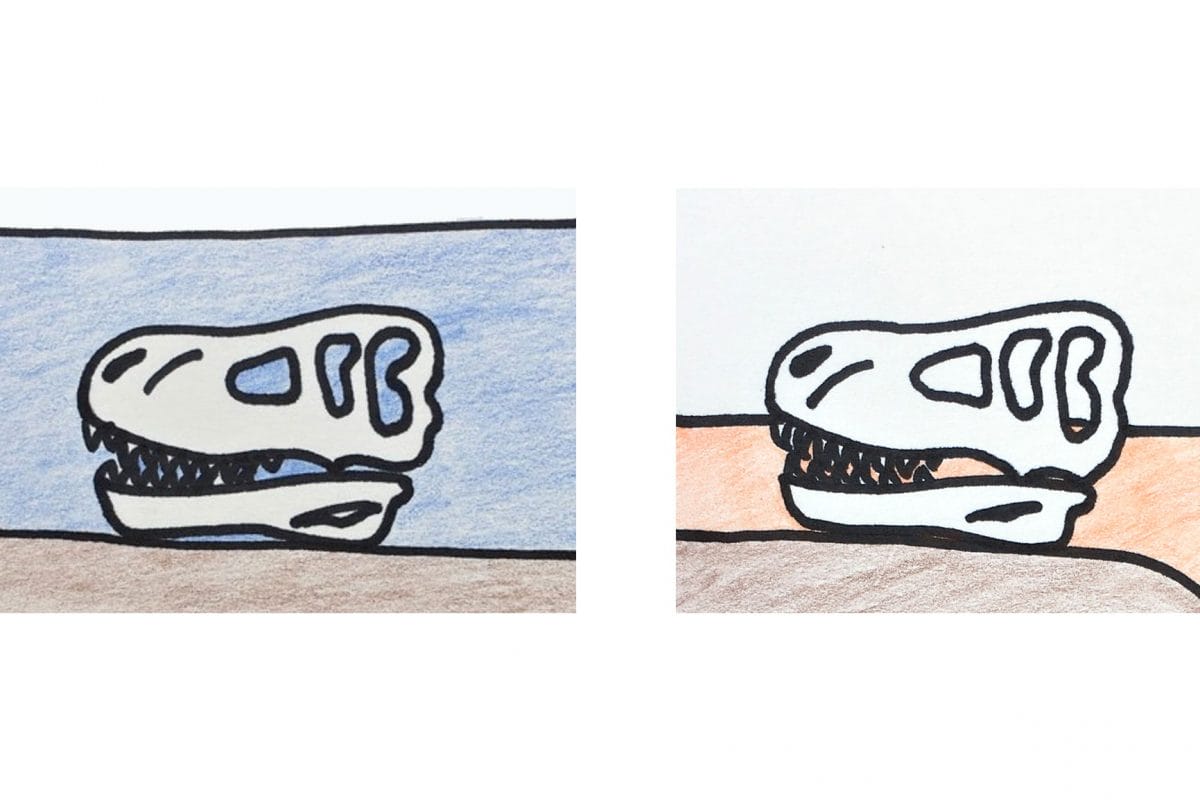
Over time, more and more layers of sediment pile on. With the weight from above increasing, the water in the sediment around the bone gets squeezed out due to the pressure. Over a very long period of time, the temperature also increases.
This is where the cake mix analogy comes in.
The result is that the compacted sediment, with the bone locked inside, begins to harden. Just like putting wet cake mix into the oven. With the addition of time and heat, at the other end – out pops a firm cake.
The bone is now far below the surface, with the sediment around it hardening and turning to rock (or lithifying if you want to be fancy). Water moving between and through the layers of rock carries minerals along with it. Bone is full of holes for blood vessels and nerves, and as the water passes through, it leaves some of the minerals behind in these empty cavities.


Whilst the sediment around the bone turns to rock, the bone and the minerals deposited within, begin to harden too.
This is fossilisation.
As an interesting aside (there is nothing that isn’t interesting about fossils), if you interrupt the fossilisation process before it’s complete, just like taking a cake out of the oven before the pinger goes off, you won’t have a “proper” fossil. A half-baked specimen doesn’t really class as bone anymore, but equally isn’t yet a fossil.
This is what we call a sub-fossil. It’s like a halfway house between the two states.

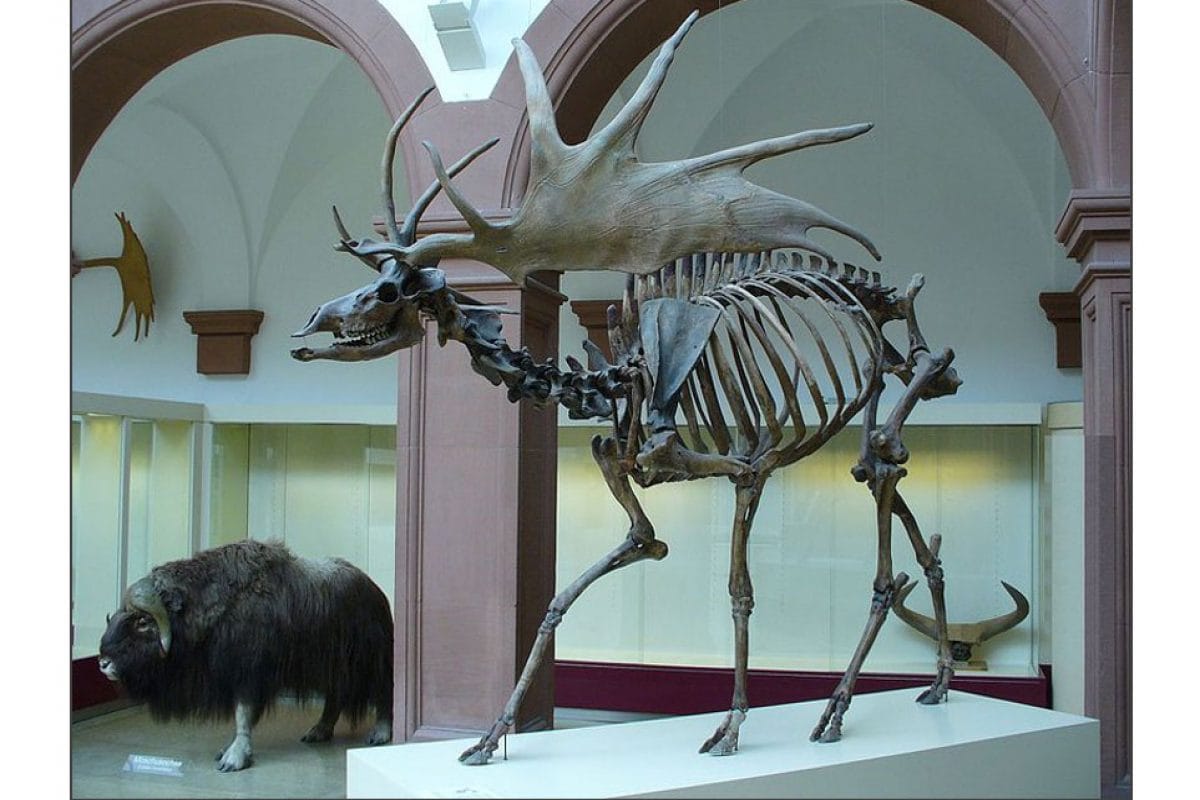
Because the required conditions are so specific, and it is therefore so incredibly unlikely that a land animal will fossilise, around 99% of the fossils we have are marine, i.e. sea-dwelling animals.
This brings us nicely on to ammonites!
The amazing world of ammonites
At the Horniman, we have an incredible loans programme called Object in Focus. Recently, it was my great pleasure to work with the Collections Access Officers (and a host of other amazingly talented colleagues), to create a new exhibit for the programme, all about ammonite fossils.
The more fossils in any programme, the better. Obviously.

Ammonites first popped up in the fossil record around 200 million years ago.
The vast majority of ammonite species were killed off in the famous mass extinction that wiped out the non-bird dinosaurs. Although some ammonite species managed to sneak through into the next time period, those that did make it sadly didn’t do so for long.
All ammonites are now extinct.
Of all their closest living relatives, you would be forgiven for assuming the nautilus is their nearest and dearest. However, despite the external shell that ammonites and the nautilus share, ammonites are actually more closely related to octopus, squid and cuttlefish.
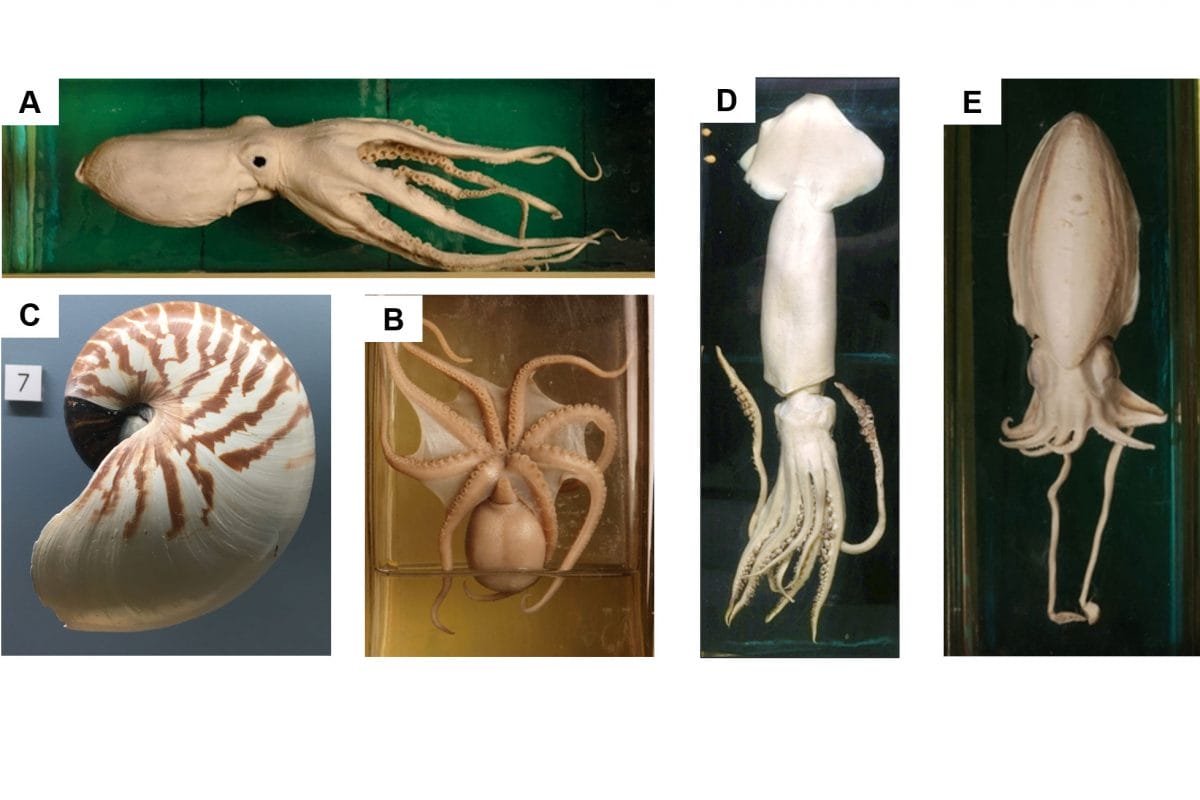
In life, ammonites would have hung in the water column with the head and arms (arms, not tentacles) at the bottom. The fossils we find are the empty shells that the animals made themselves to live in.
I’m certain you’re curious as to the difference between arms and tentacles, so – cue flying squid for a demonstration:

Ammonite shells are quite varied in terms of both size and ornamentation. The ornamentation refers to any knobs (official term), ribs, spines, etc that adorn the outer surface of the shell. They also exhibit sexual dimorphism which is where males and females of the same species look different. Like peacocks.
In fact, male and female cephalopods can look extremely different, which makes life very difficult for palaeontologists. Without the body of the animals (as normally only the shells get preserved), we can’t tell which two different shell types are a male and female of the same species.
There is no doubt that many types of ammonite that have been given a unique species name, are actually just a different gender of one already named. Unfortunately, for most ammonites it’s unlikely we will never know which shells are male and which are female, nor which pair belong to the same species. Just one of the great many challenges that make being a palaeontologist so exciting.
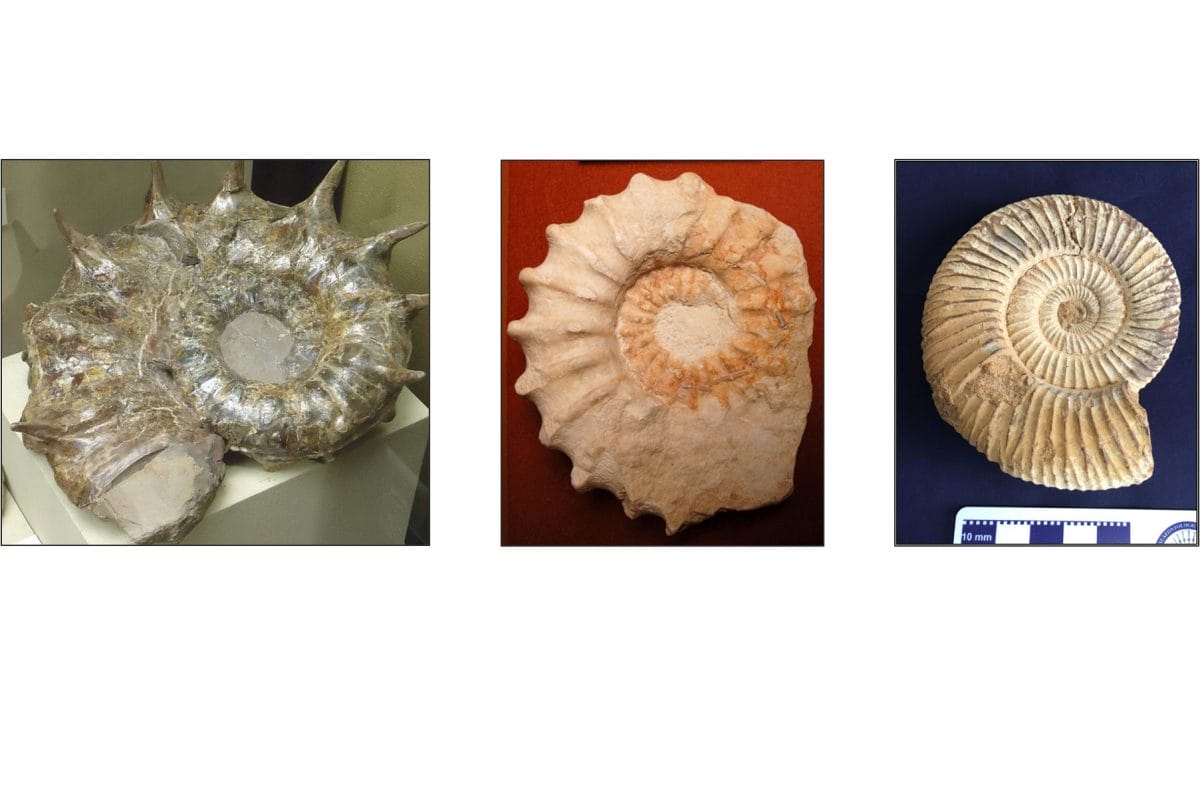
Each complete circle of the shell is called a whorl and internally it’s made up of numerous chambers that get larger and larger from the centre to the opening. The chambers are made by the animal as it grows and it lives in the outermost or largest chamber, at the end. As shown in the hand-drawn reconstruction I attempted for you, above.
One of the ammonites in the Object in Focus programme has been polished. This is typically done for the tourist trade, to make ammonites “more aesthetic” for one’s mantelpiece. An additional benefit, however, is it means I can ramble on about suture lines, which are super interesting.
Where the walls (called septa) of the internal chambers fuse to the outer wall of the ammonite’s shell, they splay out into intricate leaf shapes. These are the suture lines. Close relatives of the ammonite, such as the nautilus, also have internal chambers but their suture lines are far less meandering.
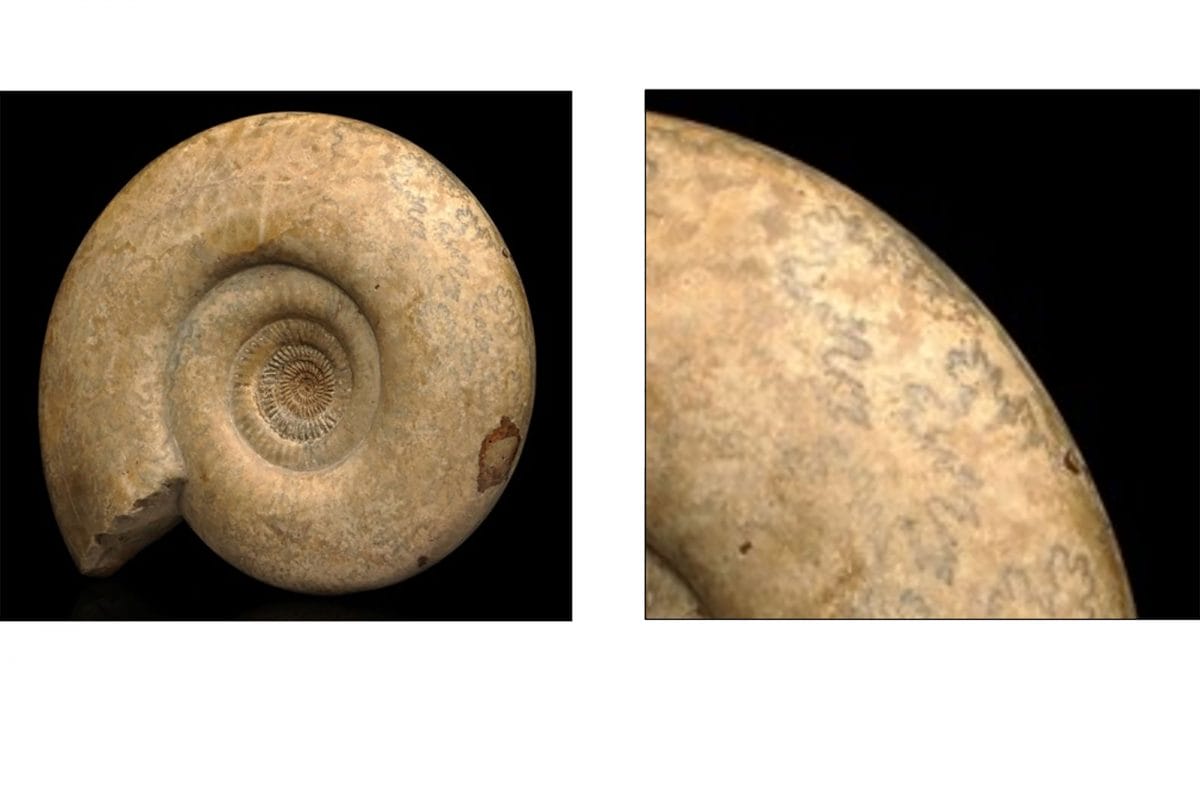
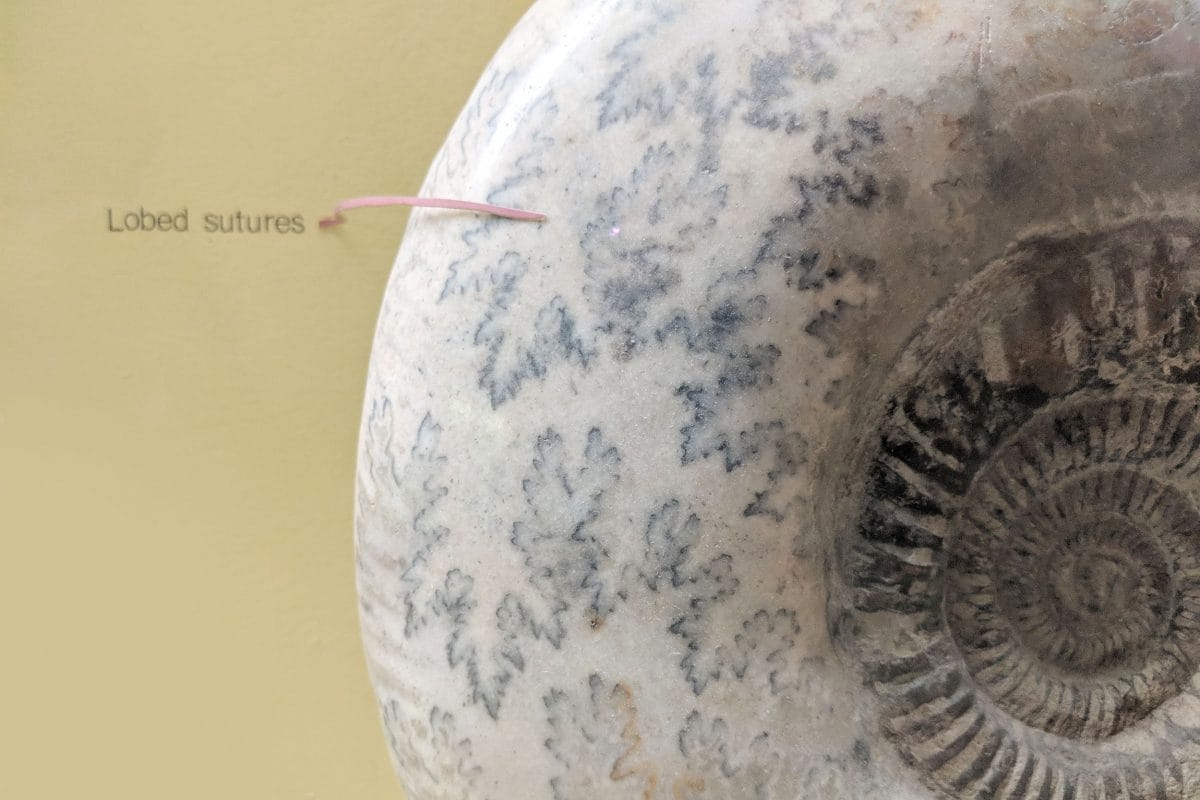
You can see the internal chambers in this cut and polished ammonite on display in the Natural History Gallery at the Horniman. A few chambers nearer the centre, have been filled with sediment which has subsequently turned to rock. Some of the outer ones show shiny crystallisation of minerals.
You can see why people put them on their mantelpieces. Although this one would probably break it.
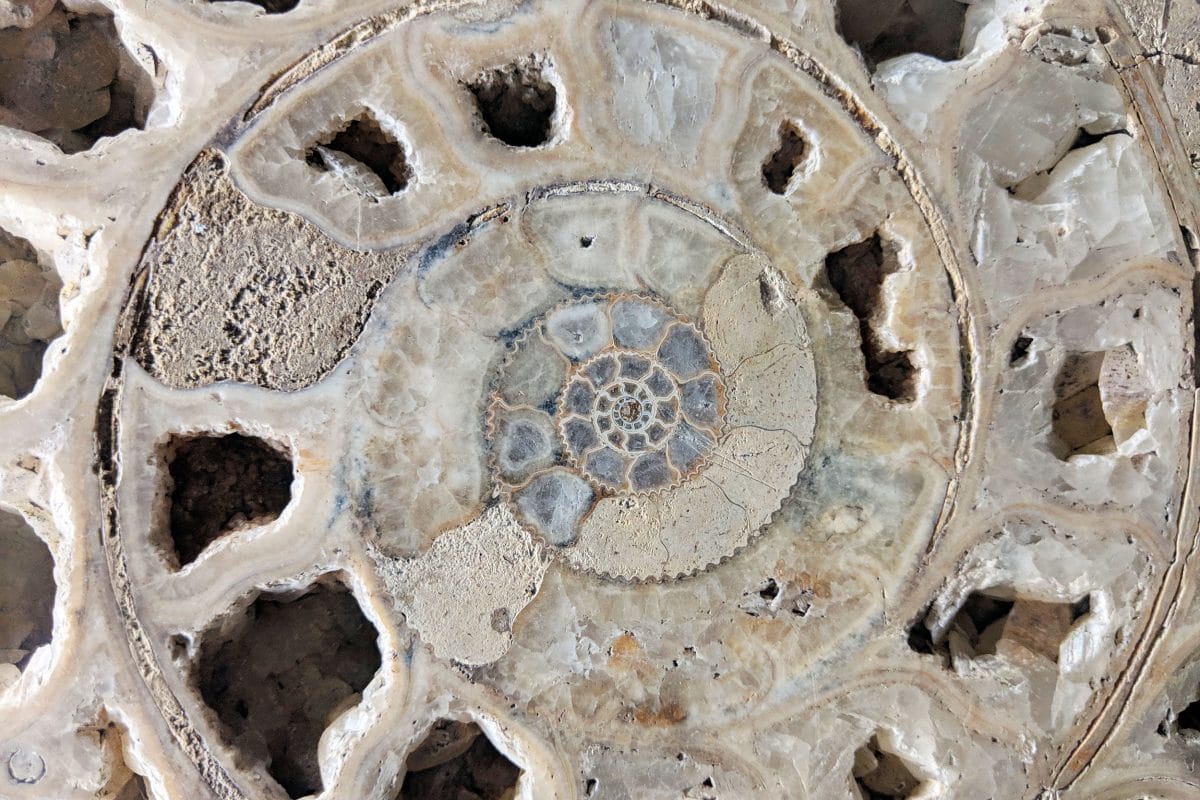
When the animal was alive, each chamber would have been connected by a tube, called a siphuncle.
By using the siphuncle to alter the water to air ratio within the chambers, the ammonite could control its buoyancy – thus going up or down in the water. Super clever, yes?!

Next time you go to the seaside, make sure you spend a bit of time staring at the ground. Ammonites are commonly found on the beach and now you can show off to your friends, all your ammonite knowledge.
You’re welcome.
* Which obviously I am.
** Technically it doesn’t have to die first, but that’s not nice to think about.



